
Best Container Formats for Beverage Manufacturing: Efficiency and Impact of using Aluminum, Glass, and PET Formats
Discover the pros, cons, and production challenges of aluminum, glass, and PET bottles in beverage manufacturing. Learn how SmartSkin Container Twins reduce downtime and prevent costly container damage
In the dynamic world of beverage production, selecting the right container is critical-not only for brand identity but also for operational efficiency, sustainability, and cost control. Aluminum cans, glass bottles, and PET (polyethylene terephthalate) bottles each bring unique strengths and challenges to the table. Let’s explore how these materials are used across high-speed production lines and what manufacturers need to consider for optimized performance.
Aluminum Cans: Lightweight Champions of Efficiency and Productivity
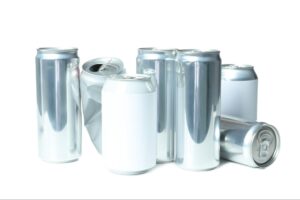
Aluminum is the go-to format for many carbonated beverages, beers and energy drinks. Their popularity stems from their lightweight nature, excellent recyclability, and ability to withstand high-pressure environments like those found in carbonated beverage filling lines and pasteurization or hot filling for still beverages. Listed below are the advantages and challenges of the Aluminum can format along with ways that beverage manufacturers can overcome some of these challenges.
| Pros | Cons |
|---|---|
| Cheap warehouse storage and low transportation costs | Susceptibility to denting and deformation during conveying and palletizing |
| 100% recyclable with a strong closed-loop system | Lightweighting projects can increase vulnerability to damage |
| Durable enough for high-speed, high-pressure filling | Primary and secondary leakage as aluminum cans are very thin so there is high chance of leakers forming and ruining products |
| Customer preference | High cost of packaging |
| Available in varying container sizes | Must meet threshold for order sizes |
Employing tools that are able to detect adverse forces acting on your aluminum can container are essential. Understanding line performance with real time data enables:
- Proactive Validation before lightweighting initiatives to assess the readiness of the line by mapping any destructive forces that could be acting on the product.
- Identification of the root cause of damage during conveying and palletizing as SmartSkin’s data from filler, seamer, and critical transitions (e.g., packers and palletizers) helps pinpoint high-pressure zones or shock impacts.
- Preventative maintenance by running container twins during startup or after maintenance, to help operators verify mechanical alignments and process control before running the line.
Glass Bottles: Premium Appeal, Fragile Handling, Returnable packaging
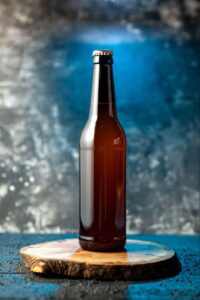
Glass bottles signal premium quality for many beer, soda, and juice brands. While they offer great barrier properties and visual clarity, their fragility requires careful handling. There are two forms of glass bottle packaging- Refillable Glass Bottles (RGB) that are washed and refilled after use, and Non-Refillable (NR) bottles that are meant to be recycled rather than reused.
Listed below are pros and cons of both kinds of glass bottles.
| Pros | Cons |
|---|---|
| Excellent product protection (no chemical leaching or gas permeability) | Not easily breakable, however slight cracks or scratches can cause bodily harm to consumers requiring precise alignment and gentle pressure throughout the line. |
| Lower material costs for RGB’s | Any mishandling can lead to stoppages and safety hazards and lower yield in production |
| Appeals to both high-end and eco-conscious consumers, and restaurant service use | Due to constant reuse and Reusable Glass Bottles eventually look worn out as wear rings appear on the glass surface |
| In a returnable market, Reusable glass bottles have very low cost but higher return transport costs | Higher cost of Non refillable bottles compared to refillable, aluminum or PET |
| Non Refillable products have premium look | Bottles Cannot be filled with as high speeds as cans due to smaller bottle neck opening size |
| Lower trip cost as bottle is cleaned and refilled vs a new bottle cost |
Employing tools like SmartSkin assists operations teams to:
- Quantify forces at critical machine centers (e.g., labellers, conveyors, fillers).
- Pinpoint mechanical causes of damage, such as pressure and shock from misaligned guide rails or improper speed differentials.
- Establish safe handling thresholds using statistical baselines, ensuring that equipment remains in control and within glass tolerance limits.
PET/ Re-fillable PET (polyethylene terephthalate) Bottles: Versatile and Cost-Effective
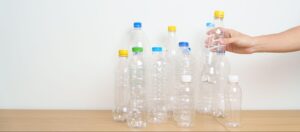
PET is widely used for carbonated beverages, water, juices, and ready-to-drink teas. It’s a versatile choice due to its clarity, shatter resistance, and cost-efficiency. Similar to glass, some RPET containers can also be refilled after a cleaning cycle. These bottles are specifically designed for the thermal process. Take a look at the pros and cons of using PET in beverage manufacturing.
| Pros | Cons |
|---|---|
| Lightweight and strong compared to glass | Prone to deformation under heat or excessive pressure |
| Moldable into unique shapes for branding | Not as recyclable as aluminum or glass in most regions. (However, 100 % recycled content bottles have been achieved in market) |
| Lower transportation costs compared to glass especially for refillable bottles | Must be carefully handled in high-speed lines to avoid stress marks and scuffing |
| Lower costs in general for both PET and Refillable PET |
Like glass you cannot fill at the same speeds as can lines due to neck size constraints
|
| You can self-manufacture the preforms and blow mold the empty container at the plant for a blow-fill operation |
Optimizing PET Line Integrity with SmartSkin Container Twins
By identifying and quantifying force anomalies across every machine center, SmartSkin enables teams to:
- Fine-tune conveyor speeds and contact pressures to stay within the mechanical tolerance of lightweighted PET designs.
- Prevent heat-induced deformation by correlating pressure zones with thermal stress zones, especially near shrink tunnels or airveyors.
- Establish process control limits to verify setup conditions at every startup, changeover, or shift—reducing variation and ensuring optimal handling.
How SmartSkin Container Twins Prevent Downtime, Detect Line Pressure, and Improve Production Efficiency
Material formats used in beverage manufacturing all come with their own caveats and challenges. With fast moving lines, the need for high yields and less wastage is paramount and so plants can benefit from SmartSkin’s solutions. In addition to optimizing operations for the specific container formats, SmartSkin can help achieve efficiency through accurate verification processes such as:
- Training and testing new operators
- Verifying that set up is done properly and timely between shifts by checking the KPIs for different operators
Container Twins can run through the whole line- INCLUDING capping and so your entire operations can be monitored and verified as needed.
Choosing the Best Beverage Container: Glass, PET, or Aluminum? Optimize safety, speed and ROI
Choosing the right container and process —whether it’s aluminum, glass, or PET—is more than a branding decision as each material brings its own set of operational implications. Regardless of format, one constant remains: the production environment must be optimized to protect container integrity and prevent damage that leads to costly downtime, waste, and safety risks and that’s where SmartSkin comes in.
By using Container Twins to replicate real containers and measure forces across the entire line—including filling, capping, conveying, and packaging—manufacturers gain visibility into pressure, shock, and misalignment before issues escalate. This proactive approach doesn’t just improve operational safety and efficiency—it directly reduces unplanned downtime and container loss, translating into short- and long-term cost savings.
In a competitive beverage landscape, where every material choice has trade-offs, SmartSkin ensures your production line is not only compatible—but optimized for your product.

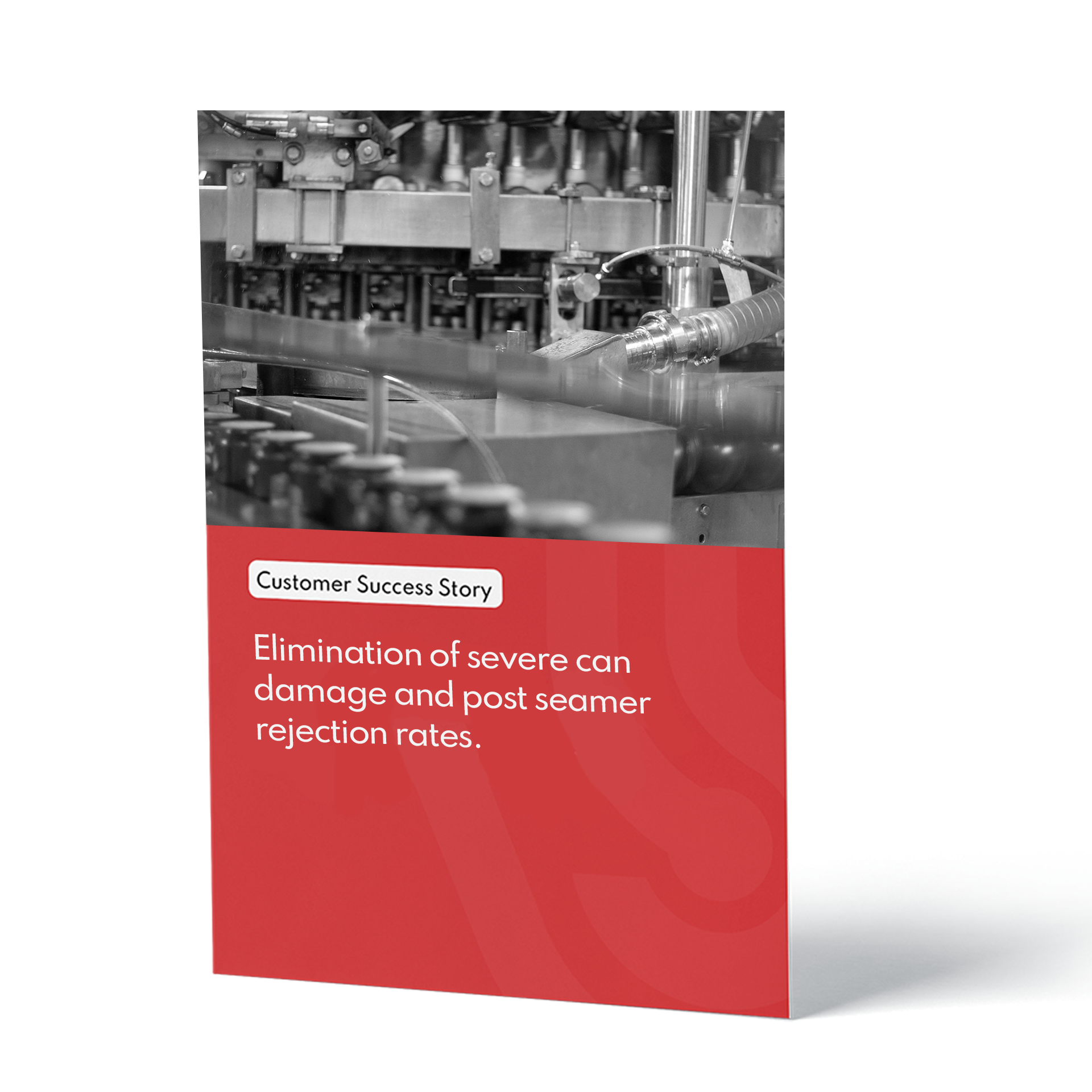
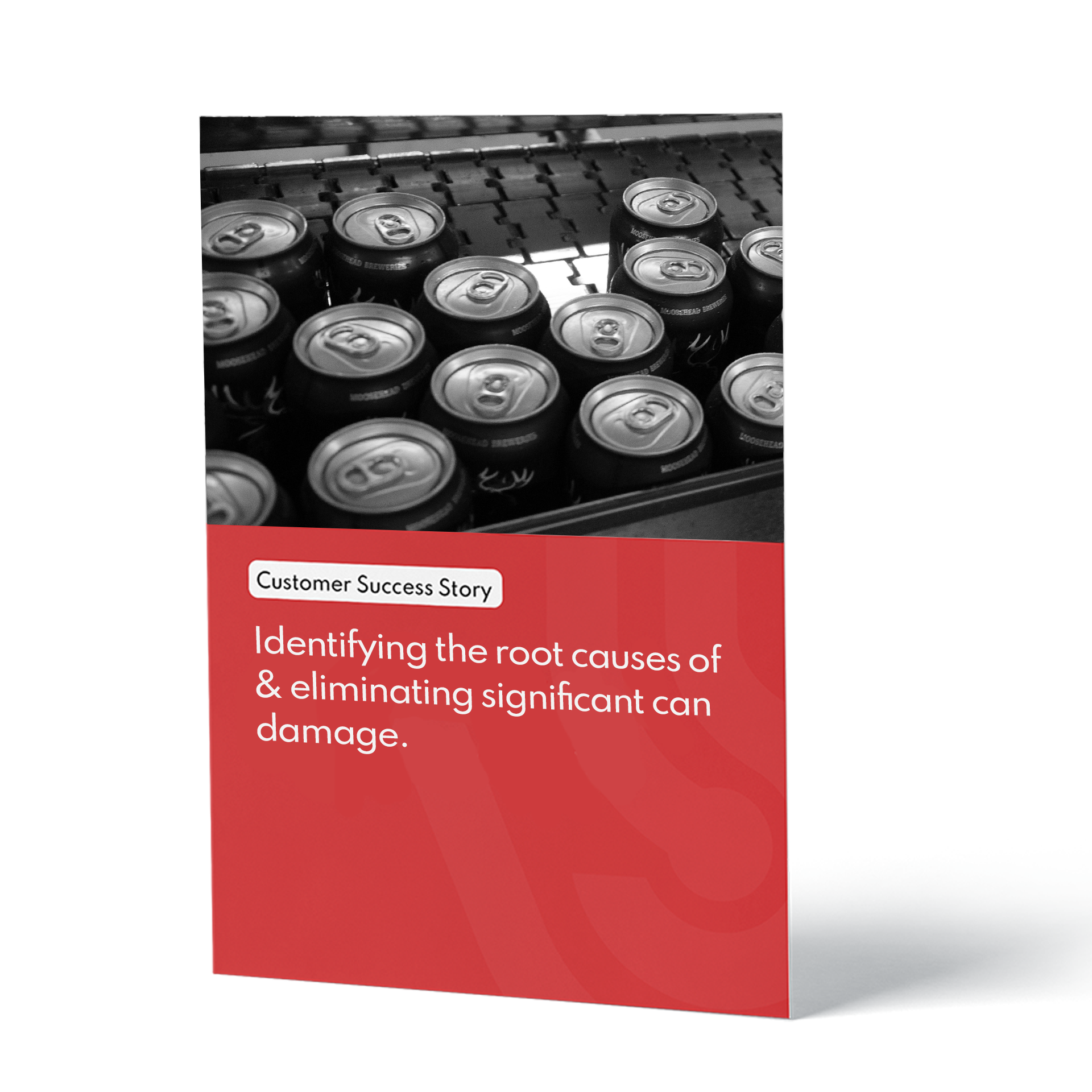
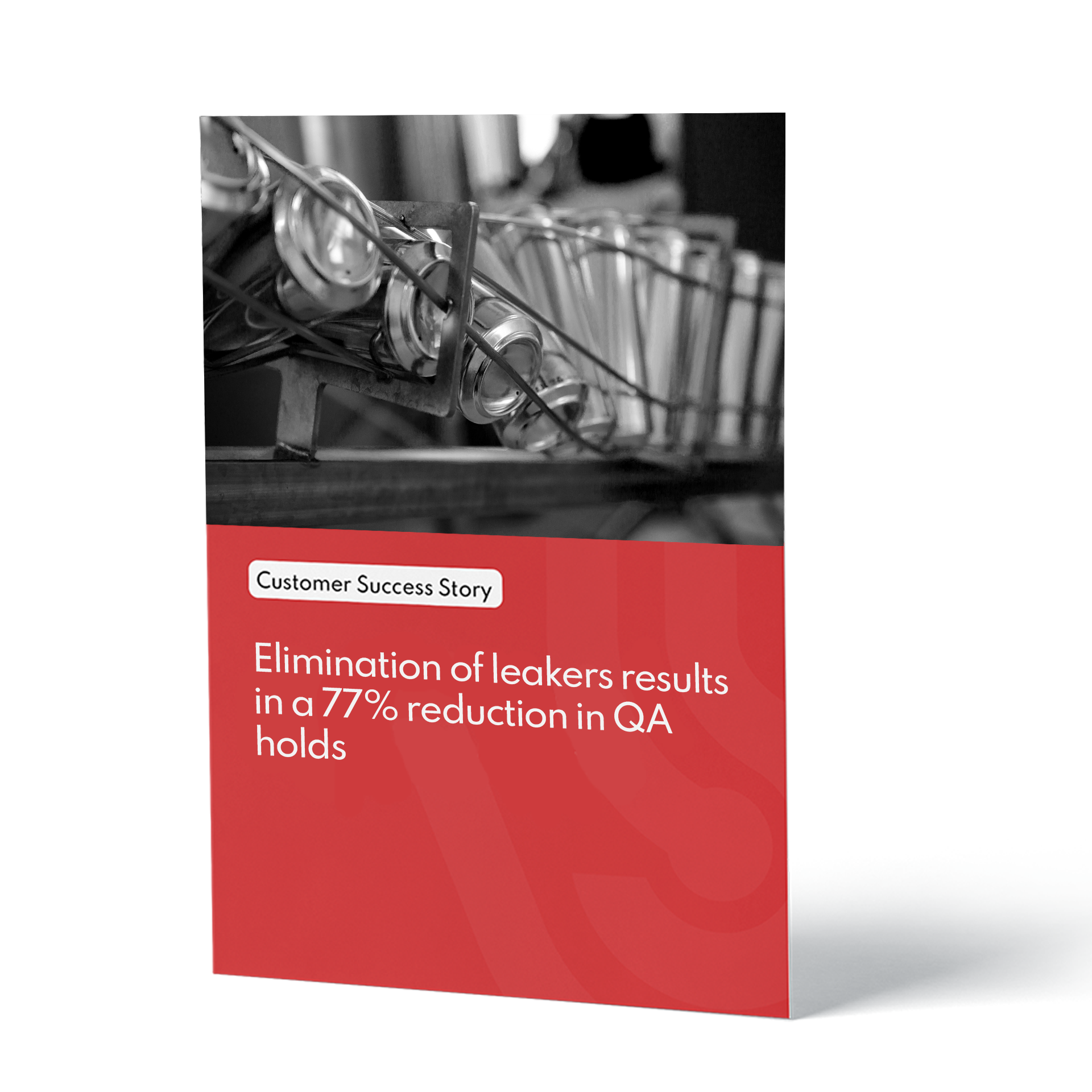
![[F&B] 67% reduction in glass breakage CS](https://smartskintech.com/wp-content/uploads/2024/02/FB-67-reduction-in-glass-breakage-CS.png)

